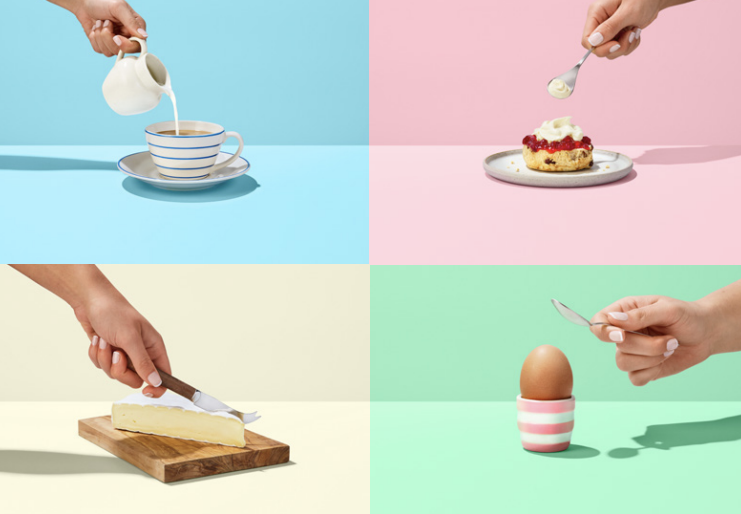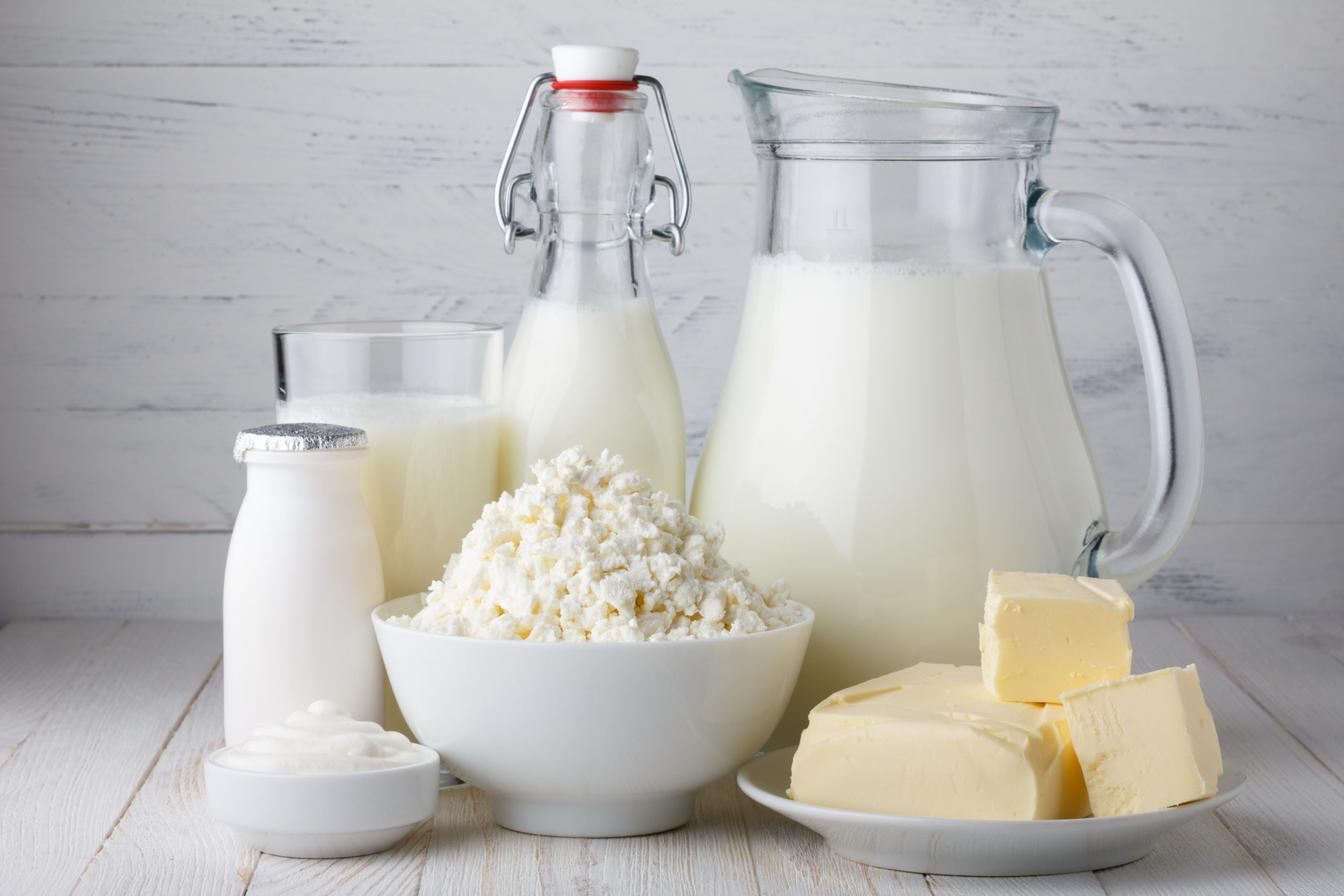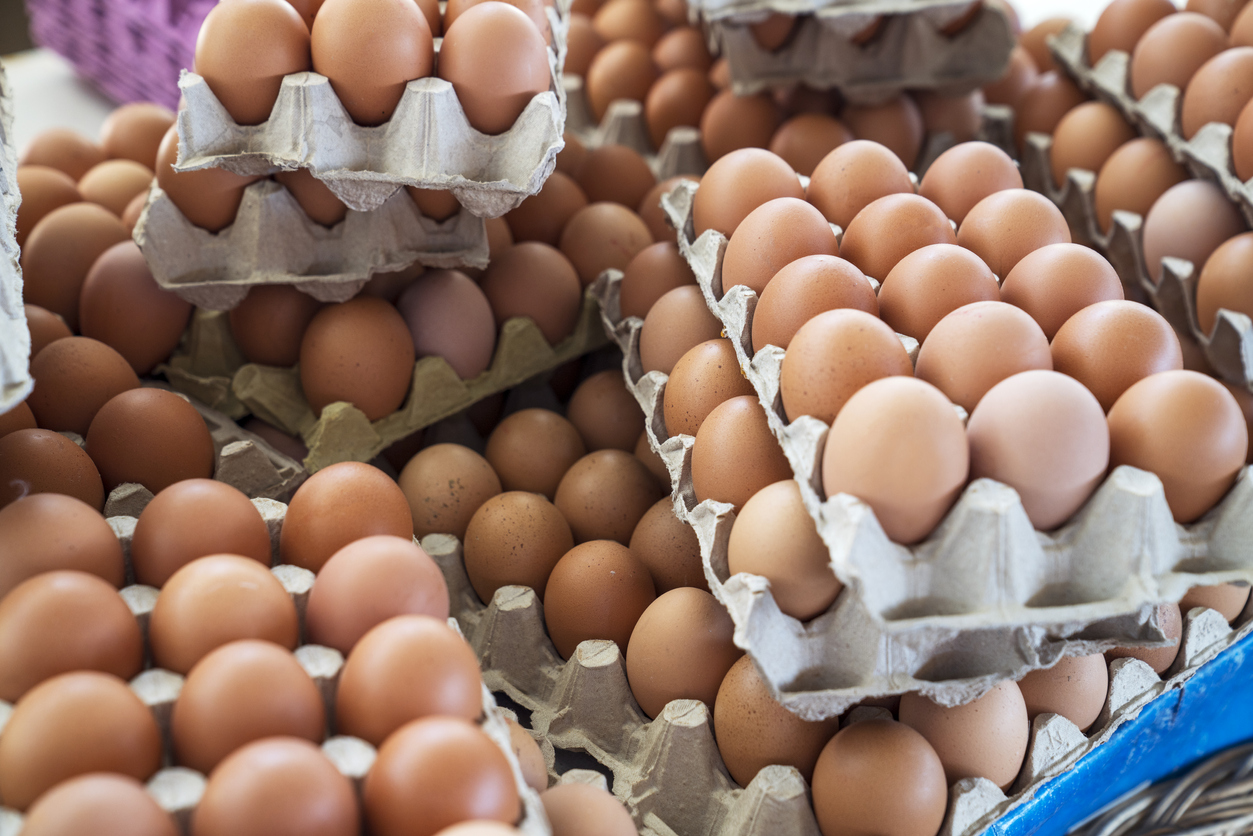A household staple, butter is considered by many to be an essential ingredient on the weekly shopping list. Popular for centuries, it has been offered to the Gods by the Hindus, described as a food for celebration in the Bible and even used by Ancient Egyptians in the mummification process to send loved ones to the afterlife.
There are over 200 butter companies in the UK, countless butter suppliers and research by Statistica suggests that almost 13 million Brits eat butter every day. But have you ever wondered when the art of butter making first began or when its golden form first appeared on British shores?
When was butter first made?
It’s estimated that butter has been with us for at least 9,000 years and is one of the oldest known dairy products. The earliest butter was a basic process made just by simply agitating raw milk, straight from the animal. A sack would have been filled with milk, mostly likely from a goat, as cows were not as commonly domesticated. Then the sack would have been attached to a tripod and swung back and forth until it made butter or attached the side of an animal until butter was formed just through walking.
In fact, it is most likely that butter was originally made by accident. Nomads travelling on horseback and carrying bags of raw milk along a bumpy track were likely to find that, by the end of the day, their produce had happily turned to butter. They learned a valuable lesson replicated by butter companies across the UK today: churned milk solidifies into something delicious.
Until the development of refrigeration, butter consumption was heavily climate-dependent. Countries in the south of Europe tended to prefer olive oil as warmer climates meant that butter would not keep for any significant length of time. It was much more popular in the Northern countries with cooler climates, including the British Isles.
The Middle Ages
For the majority of the Middle Ages, butter was a cheap source of nourishment and, in England, was considered to be a food that only the poor should eat. By now, it was made using a butter churn called a dash churn. A dash churn is a simple piece of equipment made up of a pole (or dasher) inserted into the lid of a barrel. The dasher is moved in an up and down motion in order to agitate the milk in the barrel and turn it into butter.
In many places throughout Britain, butter was made from the milk of sheep, instead of cows, due to its sweeter taste and higher fat content. As it was cheap, butter was often used to seal food by melting it and pouring it over the top of dishes such as potted meats, stews or pies – a practice that can still be seen in some places today.
In Ireland, butter was considered so important to the economy that a Butter Exchange was opened in Cork to regulate the trade. In order to protect their supplies and aid the ageing process, people would bulk butter and bury barrels of it underground. Barrels of butter are still found today!
The 17th Century
As the seventeenth century came around butter’s fortune started to turn around. The members of wealthy, aristocratic England had become interested in butter. The improved cattle breeding practices meant larger, better-fed cows who could produce more delicious milk with a higher fat content for longer periods of the year.
Higher quality milk meant higher quality butter that could compliment meal preparation and the upper classes soon realised that butter was an essential ingredient to have at the table. Over the course of the century, milk and butter became increasingly seen at the tables of the wealthy.
The 18th Century
The eighteenth century is known as the golden age of butter in the English kitchen. By now butter making was an essential skill and the women of the house would spend hours churning butter for their families and neighbours. Further improvements in care, cultivation and breeding of cows meant that butter production had evolved and became an industry in its own right.
While in previous times it had been very much seasonal produce, most likely from March through to September, new developments meant that cows could be milked all year round and therefore butter could be made all the year round. Technological advances saw the dash churn replaced by the barrel churn. A barrel churn was a wooden structure elevated off the floor by legs and had a crank handle that could rotate the entire barrel.
This improved technology meant that it became possible for upper class families with large estates to house their own dairies and the very first UK butter companies and butter suppliers were founded during this time. Most large outdoor markets would now have a dedicated dairy section and all towns would have had specific dairy shops. Bigger cities would have been likely to buy butter in bulk from rural dairies, much like the similar practices we see with supermarkets today.
The Victorian Era
In the 19th century, improvements in transport and storage for butter, such as refrigeration, were developed. Advances in dairy technology and churn technology meant that better quality butter could be made. It was now that the barrel churn was replaced by the paddle churn. The paddle churn had a crank handle which controlled a rotating paddle within the churn, making butter production less strenuous and more efficient.
Dairy advancements, combined with the rise of industrialisation and capitalism in England, meant that butter companies that had begun in the previous century were now able to spread their produce far and wide. Ireland became a key exporter of butter, selling wholesale butter to England.
The 20th century
A series of destructive World Wars changed the landscape for butter. The consequences of war brought food shortages and rationing. After the outbreak of the First World War, a voluntary rationing scheme was introduced on 1st February 1917 but by April, essential items such as butter, had been made compulsory rationing. Ration books were issued to households in July 1918 and everyone had to register with a local butcher and grocer. The scheme continued until well after the war ended and didn’t finally end until 1920.
By the Second World War, compulsory rationing began on 8th January 1940 with adults given two ounces of butter a week to survive on. By Christmas of 1942, so serious was the shortage of butter, fats and oils that people in England took extra rationings of butter so that there was enough to supply troops on the frontline.
Margarine, created in America and made with vegetable oil and yellow food colouring, became the cheaper option for families struggling to make ends meet and put food on the table. Butter suppliers and butter companies diversified to include margarine options in their portfolio.
As the century progressed to the 1980s, a new wave of health advice began promoting low fat diets as the way to stay healthy and the rich, full-fat butter of the earlier centuries was suddenly out of fashion. By the late 1990s, butter consumption had fallen significantly.
Butter consumption today
Today, things are looking better for butter. The tide has turned against sugar-laden low fat products as research has found that ingredients in the old style margarine is much worse for heart health than the saturated fats found in natural butter. Consumer demand has brought the focus back to local, artisanal produce and food trends place butter in the heart of the kitchen.
Butter companies display a dazzling array of types of butter across grocery stores, supermarkets and online. Chefs in top restaurants and on TV cooking shows are using butter in new and exciting ways, including a recent trend for brown butter which saw an annual increase of 60% in 2021. While the beginning of the 21st century has certainly seen an intriguing new direction for butter, it is difficult to predict how food trends might influence its future. What has been made clear, or indeed clarified, is that the ancient food of butter is here to stay.
At Freshways, we are proud to provide a wide range of high-quality butter and spread products to our large list of satisfied butter companies. Our stock includes an extensive range of butter products carefully selected by our dairy specialists to ensure the highest quality.
With our exhaustive range covering items such as classic salted butter, Lescure Patisserie butter, organic butter options and wholesale butter alternatives, we are confident that Freshways first class service can meet the needs of your business for wholesale butter products.
As the largest independent wholesaler of dairy products for independent retailers throughout the UK with an excellent reputation for quality in the bulk butter sector. If you are an independent business that requires a butter supplier offering a high quality range at affordable prices then we are the wholesale butter supplier for you. Contact us on 020 3696 7960 or book online.


